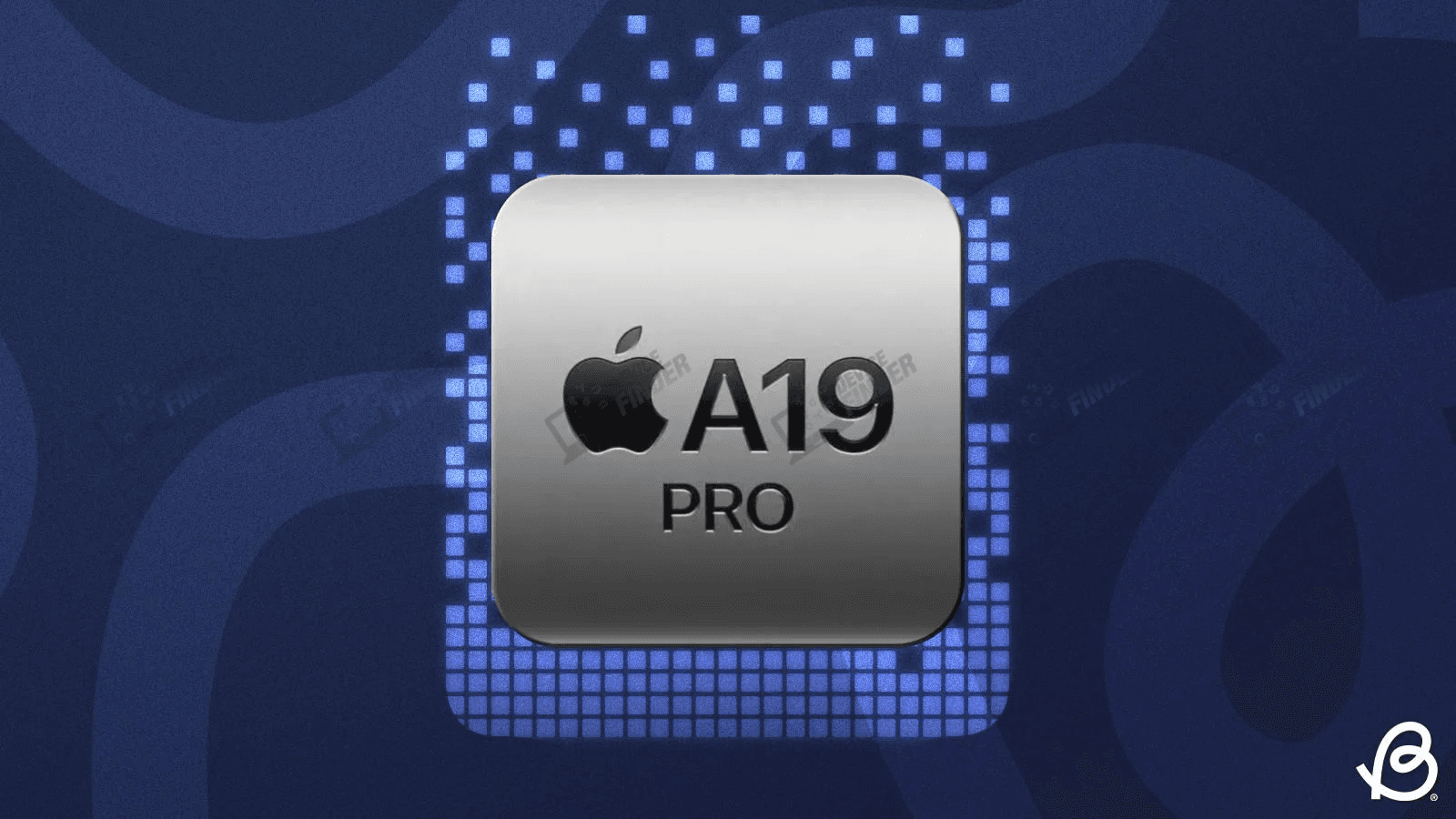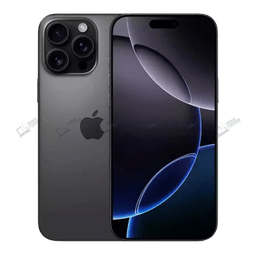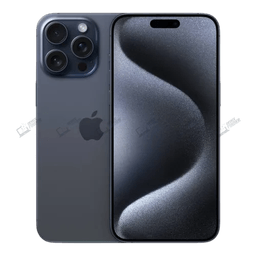
How Will Apple’s A19 Pro Change Mobile Chip War Forever?
If you think the smartphone chip wars will be competitive before, Apple's A19 Pro will just rewrite the entire playbook. We will be talking about a mobile processor that will literally outperform desktop CPUs, and when I say outperforming, I mean the A19 Pro will leave AMD's flagship Ryzen 9 9950X eating dust in single-thread performance. After years of covering chip launches and testing countless devices, I can tell you this will not be an incremental improvement, it will be a fundamental shift in what mobile silicon can achieve. Curious how it will pull this off, and why Qualcomm and MediaTek will probably have some very serious boardroom conversations soon?
Breaking down the A19 Pro's performance dominance
Here will be the headline that will turn heads: the A19 Pro will score 3,895 points in single-core Geekbench 6 tests (Tom's Hardware), over 28 percent ahead of Qualcomm's Snapdragon 8 Elite (Beebom). It will not be a narrow win, it will be a blowout.
How will Apple get there? Two high-performance cores will now clock up to 4.26 GHz, a 6.5 percent bump over last gen (Tom's Hardware). The feeling will be immediate. App launches will pop, photos will process instantly, and 4K video edits will stop feeling like a dare.
Speed will help, but staying fast will matter more. The four efficient cores will get a 50 percent larger last level cache compared to the A18 Pro (Android Central), which will keep performance steady during long game sessions or when you will be juggling demanding apps. That extra cache will be clutch for pros too, think photographers editing RAW files or creators rendering video on the go.
Multi-core? Apple will still edge out Qualcomm with a 9,746 score versus 9,271 for the Snapdragon 8 Elite, roughly a 5 percent lead (Beebom). It will do this with six cores instead of eight, a tidy flex in architectural efficiency.
GPU performance that will rival desktop chips
Here is where it will get wild. The A19 Pro's GPU will post a 37 percent jump over its predecessor (Tom's Hardware), hitting 45,657 points in Geekbench 6 GPU tests. Tom's Guide will say that it is comparable to Apple's M2 chip, the silicon behind MacBook Air and iPad Pro models.
You will feel that uplift. Console-style games will run at higher frame rates with ray tracing on, pro video apps will handle multiple 4K streams without stutter, and AR will get snappier and more believable.
Apple will also integrate Neural Accelerators into each GPU core, delivering up to 4 times more AI compute. Paired with a new 16-core Neural Engine and higher memory bandwidth, Apple will say the A19 Pro will reach MacBook-level performance for AI-assisted tasks. In practice, that will look like real-time translation, sharper computational photography, and on-device image generation that will finish while you blink.
PRO TIP: Apple's new vapor chamber cooling system with deionized water will enable up to 40 percent better sustained performance than last gen. Translation, the iPhone 17 Pro will be far less likely to throttle during long sessions of gaming or creative work.
A manufacturing advantage that will be hard to match
Apple's TSMC partnership will keep paying off. The A19 Pro will use TSMC's N3P process (Tom's Hardware), a third-generation 3 nm node that will be more advanced than the N3E process used by current rivals like the Snapdragon 8 Elite (Beebom).
That edge will show up as better performance per watt. N3P will let Apple cram in more transistors while cutting power, so you'll get flagship speeds without nuking battery life.
Architecture will play a role too. Apple's design will mirror principles from the M2 chip, bringing a desktop-like approach to phones. With 12GB of RAM in the new devices, the iPhone 17 Pro lineup will be positioned as a genuine laptop substitute for many workflows, from video editing to software development.
Higher transistor density will also open the door to more specialized blocks, not just raw speed. This will include dedicated hardware for machine learning inference, advanced image signal processing, and even quantum-resistant cryptographic operations that will help future-proof these devices.
How Qualcomm and MediaTek will respond
The competition will not stand still, and they cannot. Qualcomm will plan the Snapdragon 8 Elite 2 for late 2025, built on the same TSMC N3P process as Apple’s A19 Pro. Early reports will point to ARM Cortex-X5 cores in a tri-cluster layout, a setup that could finally pressure Apple's single-thread lead.
Qualcomm will also push AI. The Snapdragon 8 Elite 2's AI Engine is rumored to hit up to 80 TOPS, which could challenge Apple's Neural Engine. Connectivity will remain a Qualcomm stronghold, with the Snapdragon X75 5G modem supporting mmWave, sub-6 GHz, and even satellite connectivity, areas where Apple will still rely on Qualcomm hardware.
MediaTek, meanwhile, will swing big with the Dimensity 9500. Tipsters suggest 3,900 plus single-core and over 11,000 multi-core scores, numbers that will top the A19 Pro in multi-threaded work. The performance cores will reportedly be tested at 4.00 GHz with much larger caches, 16MB L3 and 10MB SLC.
Unlike Apple and Qualcomm, which will use custom cores, MediaTek will bet on ARM's unreleased Cortex-X930. Some industry voices claim it could match or even beat Apple's custom cores in certain workloads. If so, ARM will do the heavy lifting on design and MediaTek will gain time to market.
What this will mean for the mobile industry
Apple's A19 Pro will be more than another crown; it will reshape expectations for mobile computing. When a phone chip will outrun desktop CPUs in single-thread tasks and deliver M2-level GPU performance, the line between phone and computer will start to smudge.
The real battle will no longer be just about peak scores. It will be sustained speed, smart AI, and efficiency working in sync. Apple's vapor chamber cooling, those per-core Neural Accelerators, and tight control over hardware and software will stack up into an advantage pure chip vendors will struggle to match. The result for users: consistent high performance for pro workflows that will recently demand a laptop.
This shift will touch the wider computing market too. Tom's Guide will even suggest the chip will be capable enough to run macOS efficiently, a reminder of how blurred mobile and desktop will become. With laptop-class speed and on-device AI that will handle complex tasks, the iPhone 17 Pro series could realistically replace laptops for photographers, creators, and mobile pros.
Whether this will be a turning point or another lap in the arms race will depend on the response. MediaTek and Qualcomm will build strong answers, but matching Apple's vertical integration will be the hard part. Apple will control the entire hardware-software stack and will optimize in ways chip-only firms cannot.
The silicon wars will heat up
Bottom line, Apple's A19 Pro will not just toss down a gauntlet, it will rewrite the rules of mobile performance. With single-thread wins over desktop CPUs, a GPU that will rival laptop silicon, and AI horsepower that will promise MacBook-level results in certain workloads, this chip will set a new high-water mark for phones.
The real question will not be whether Qualcomm and MediaTek can catch up, it will be whether they can do it before Apple's next jump widens the gap. Judging by the A19 Pro's numbers and architecture, 2025 will look like the year the line between mobile and desktop power will all but disappear. I, for one, cannot wait to see what that will unlock.









